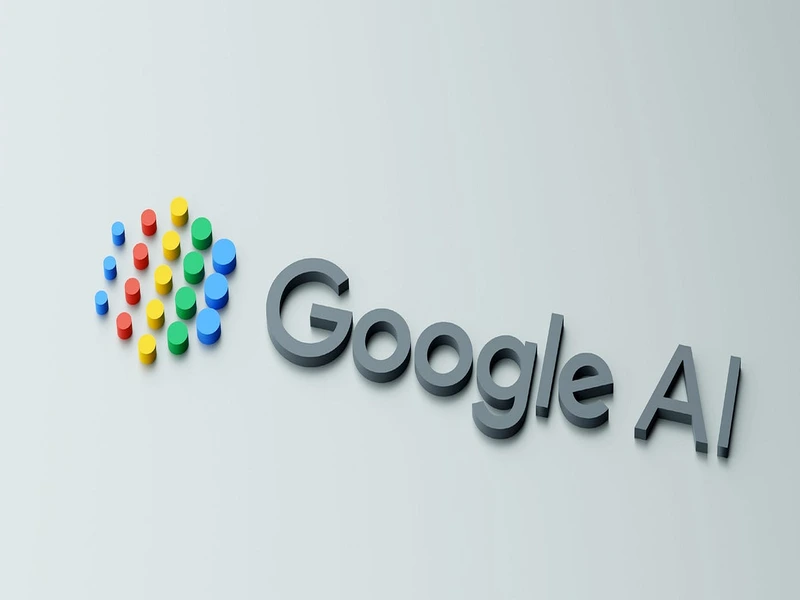- Google adds a second building to its French site, focusing on AI and sustainable infrastructure.
- The move is part of a wider $3.3 billion investment in French digital development since 2019.
What happened: Google adds second building to boost AI and cloud services
Google will spend $1.1 billion to grow its data centre in Châteauroux, a city in central France. The site started working in 2022. Now it will get a second building. This new building will handle AI and cloud computing work. The site was picked because it has access to clean energy. It also uses a system that cools machines with recycled water. The city gave strong support to the project.
Google said this work is part of a bigger plan to build more in Europe. It has already spent over $3.3 billion in France since 2019. That money went into a cloud zone near Paris, job training, and online safety work. The new building in Châteauroux will also use recycled water and solar panels. Google said this project will give jobs to workers during the build and after it is done.
Also Read: Google Cloud outage disrupts over 50 services
Also Read: Google AI shows reasoning skills at Maths Olympiad
Why this is important
The new building shows that Google wants to meet the need for more AI and cloud tools. Big tech companies are trying to give faster and better services. New data centres help them move data closer to users. This also helps them do more work faster. Châteauroux gives Google more space to run services across Europe. This is needed because AI and cloud use are growing fast.
The choice of Châteauroux shows a move to build outside big cities. Some governments want tech jobs and projects to spread across the country. France has a plan called “Choose France” to do this. The city’s mayor, Gil Avérous, said this work will help the local economy. It will also bring jobs and training. Google’s plans for energy use also matter. The site already cools machines with used water. It will run with solar power. Google wants all sites to use carbon-free energy all day and night by 2030.

